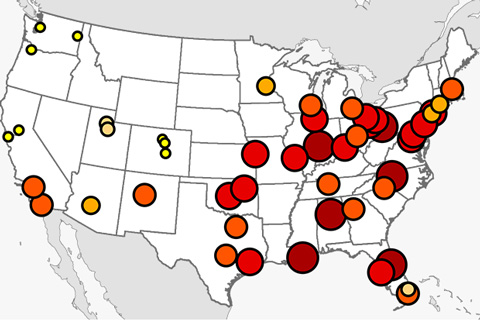
From extreme heat to infectious diseases, the impacts of human-caused global warming are a threat to human lives. According to the latest National Climate Assessment, thousands of lives could be saved in the U.S. by reducing greenhouse gases and improving resilience to climate change.

Cities and states across the U.S. already engage in emission mitigation activities. Continuing to reduce emissions will save thousands of lives and billions of dollars.
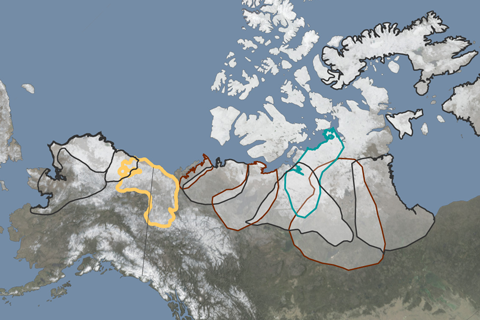
Reindeer and caribou abundance has declined 56 percent over the past two decades.
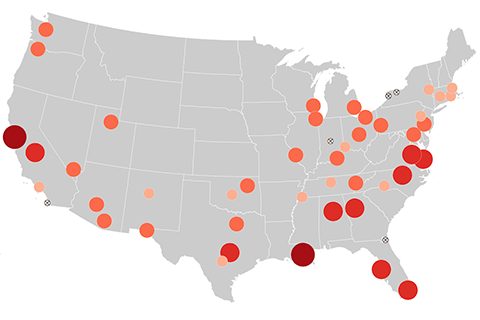
From heat waves to heavy rain, the National Climate Assessment's recently updated collection of indicators shows how climate is changing.
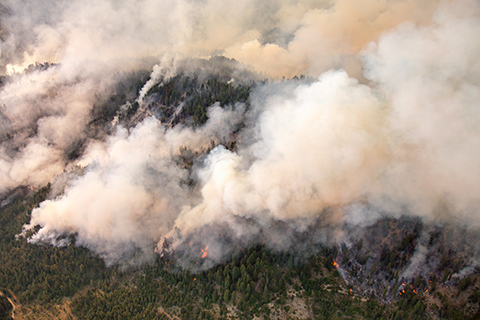
Wildfires are burning larger and more intensely than before, emitting smoke that poses a health risk to people. FIREX will provide information about what chemicals smoke emits in order to keep people healthy.
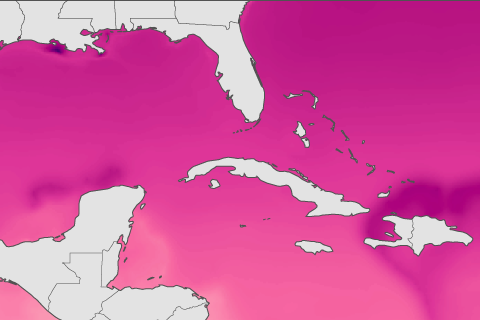
In addition to carbon dioxide emissions, seasonal changes can alter ocean acidity. Higher ocean acidity can impact people's food, income, and industry.
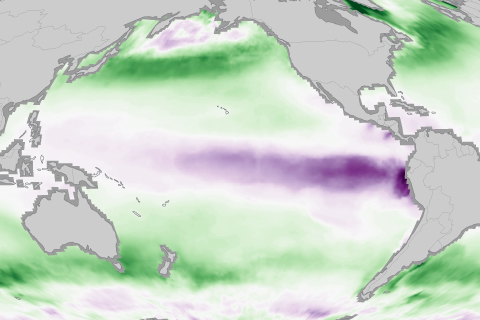
The ocean absorbed a net 2.6 billion tonnes of carbon from human activities, which is 36% higher than the 2005-2015 average. While ocean carbon uptake slows atmospheric warming, it also continues the trend of ocean acidification, which stresses shell-building creatures and other ocean life.

With long ranges and adaptive capabilites, saildrones provide researchers with a new tool in their toolbox for collecting data in remote and hard to reach parts of the ocean.
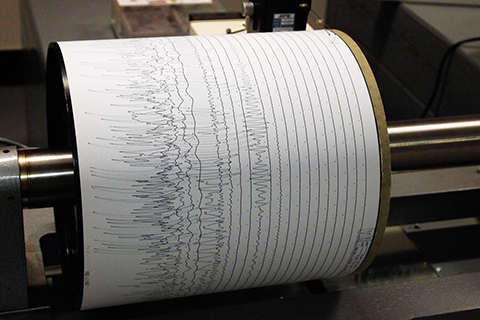
NOAA-funded researchers have developed a way to estimate hurricane strength using nothing but seismic data used to track earthquakes and volcanoes. The technique may help expand the pre-satellite record of tropical cyclone activity.